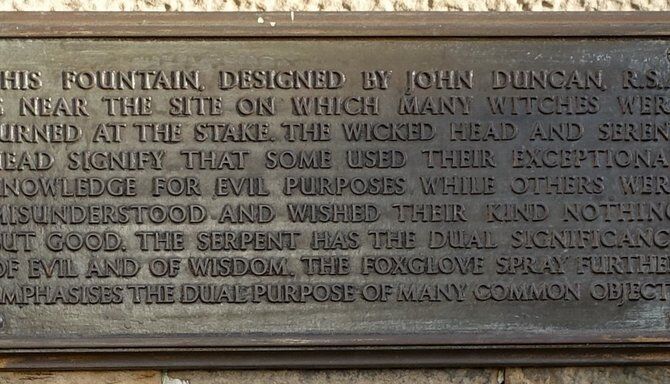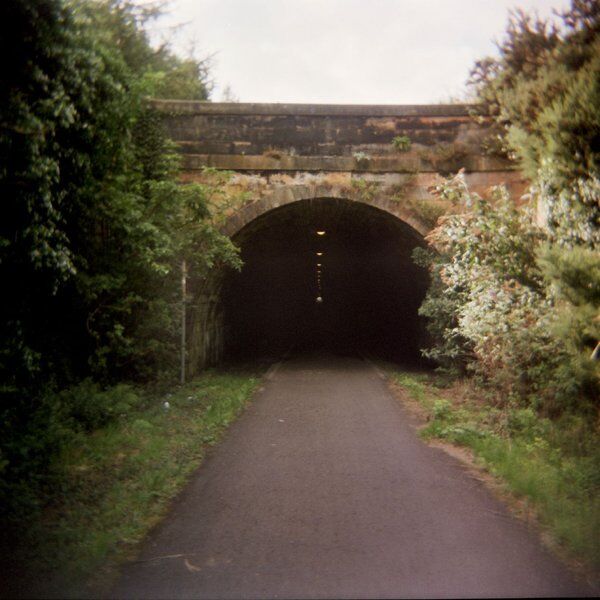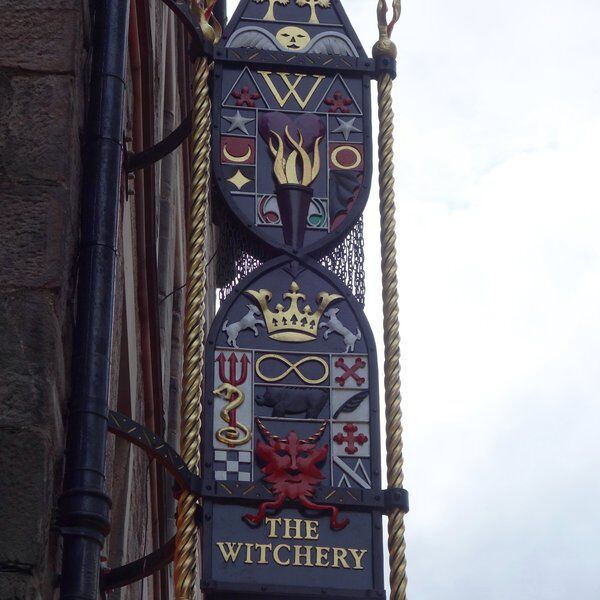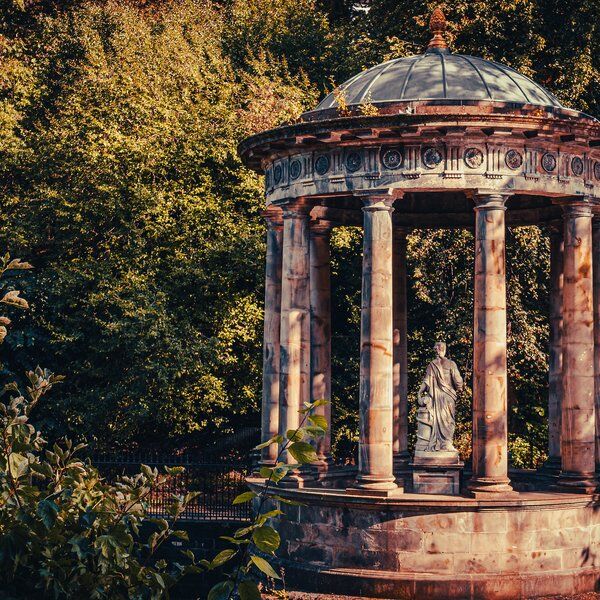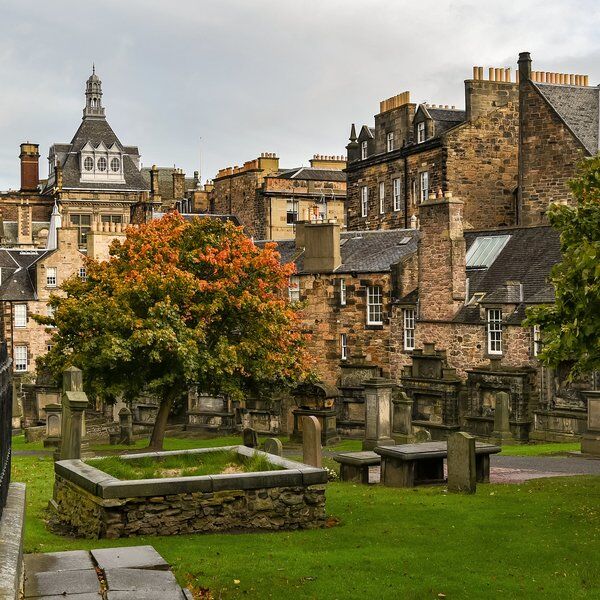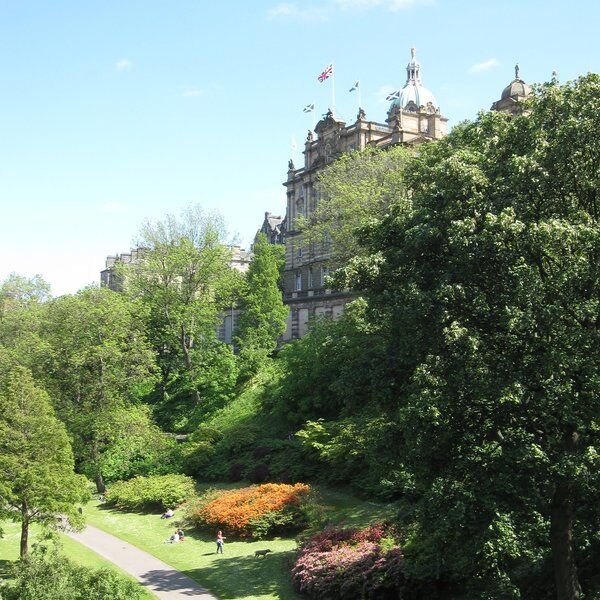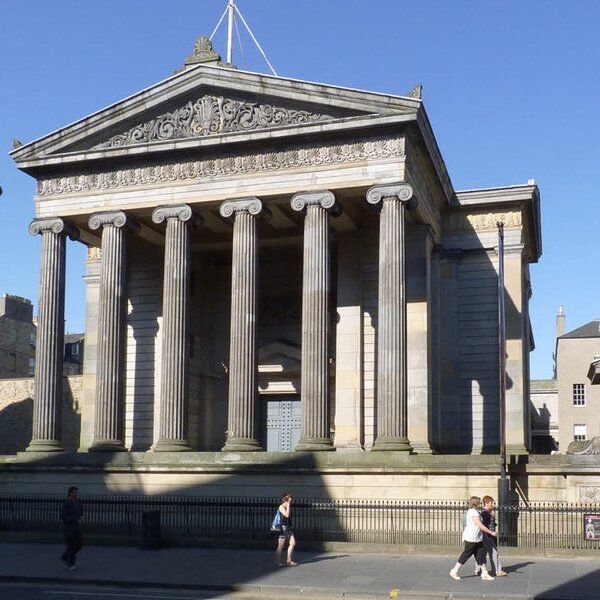Discovering the Magical Element of Edinburgh
Amidst the charm of Edinburgh’s St Andrew’s Square or Circus Lane, the cobblestone streets also whisper tales of a darker side to the Scottish capital. But although it’s easy to get lost in the enchantment of the Royal Mile, a saunter past The Witches’ Well will be sure to remind visitors of this grisly chapter in the nation’s history.
In the 16th century, more women were burned alive at this site, beneath Edinburgh Castle, than anywhere else in Scotland. As such The Witches’ well, an unassuming drinking fountain attached to the wall beneath the castle, is all that stands to honour the memory of these women. Today, of the millions of visitors that flock to Edinburgh Castle for the promise of magnificent views and historical treasures, some know to linger respectfully by the fountain and accompanying plaque, just outside.

A Forgotten Legacy: The Witchcraft Acts
Between the 15th and 18th centuries a series of Witchcraft Acts were enforced across Great Britain. Accusations of witchcraft across the kingdoms became alarmingly common, with Scotland being no exception. In fact in Scotland, accusations were four times higher than elsewhere in Britain.
This statistic might have been partly fuelled by the superstition and paranoia of the Scottish King, James VI, who believed that witchcraft was synonymous with the devil himself. James VI, who later became James I of Great Britain became invested in the ruthless witch hunt after the execution of his mother, Mary Queen of Scots, in 1587. Since then, anything negative that happened to him was blamed on the evil spells of incensed witches.
In what has been referred to as ‘satanic panic’, the subsequent witch hunts and trials throughout the 17th and 18th centuries, led to the unjust persecution and torture of 3,837 people, of which 84% were female and two-thirds were executed.
Identifying a Witch
So how did they determine a person’s witchy predisposition? Well, in a continuation of this harrowing theme, the accused were either tortured into confession, or bound hand and foot and thrown into the Nor’ Loch. If they drowned, their name was cleared. But if they survived, they were thought to have used witchcraft, earning them the death sentence.
“[The accusations] cut across society, from members of the nobility to paupers and vagrants.”
Unfortunately, given the sheer panic with which hundreds of people were being tried and executed at the time, no one was safe. This meant that anyone could be accused of performing black magic, even if they were simply herbalists, or mentally unwell, or dare we say – on the accuser's bad side! Yes, it also worked the other way. As anyone could be accused, anyone could do the accusing… this was not the time to be annoying your neighbours!
Unveiling the Witches’ Well Monument
Situated just outside the gates of Edinburgh Castle, The Witches' Well is easy to overlook amidst the grandeur of the castle and the bustling Royal Mile. However, its significance and the people it represents makes it a hidden gem worth discovering.
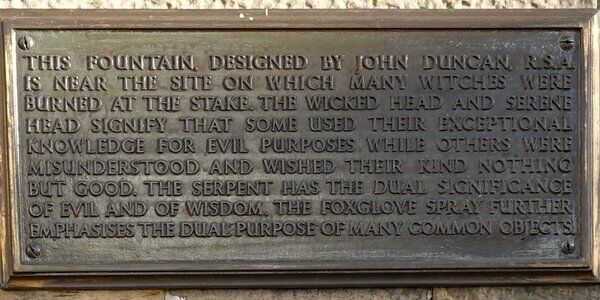
Commissioned in 1894 by his friend, the philanthropist Sir Patrick Geddes, famed artist John Duncan, designed the public drinking fountain as a simple yet striking monument. Influenced by Celtic myth and legend, Duncan’s bronze relief features a serpent and flowering foxglove entwined around a man and woman; Hygeia, the Greek goddess of good health, and her father Aesculapius, god of medicine. The evil or dark connotations of the snake and plant are believed to contrast starkly with the divine ideals of the god and goddess.
On the small well are other good versus evil carvings – trees, healing hands, and the evil eye. The waterspout, now dry, is located beneath the snake's head and would have poured into a compartment that is now filled with flowers. The fountain is also adorned with Roman numerals for the years 1479 and 1722, the time span of the ruthless Scottish witch hunt. Above the monument is a bronze plaque – the inscription reads:
“This fountain, designed by John Duncan, R.S.A. is near the site on which many witches were burned at the stake. The wicked head and serene head signify that some used their exceptional knowledge for evil purposes while others were misunderstood and wished their kind nothing but good. The serpent has the dual significance of evil and wisdom. The foxglove spray further emphasises the dual purpose of many common objects.”
Today, the inscription has faced much criticism for the notion that those who were killed had magical powers and as such were not innocent.
A Call for Justice, not Honour
Not only has The Witches’ Well garnered criticism for its inscription but for its claimed function as a memorial.
“It’s not a commemoration, not a memorial, not an apology.”
It has been argued that The Witches’ Well is a poor attempt to memorialise the hundreds of victims of Scotland’s witch purge and that a more appropriate commemoration is long overdue. This has led to calls by directors of the Survey of Scottish Witchcraft for a new memorial not just for Edinburgh but for Scotland as well.
As we know, those accused of witchcraft never received a fair trial and women were never allowed to provide evidence in their favour either. To add to the injustices, when they were inevitably burned at the stake – an attempt to cleanse their evil souls – their ashes remained where they perished. This means that over 300 people who were killed at the site of The Witches’ Well never had a formal resting place. This is why activists today are so enraged by the lack of an appropriate commemoration and formal apology.
“It was an incredibly sad period in the history of women… These women were voiceless, unable even to speak in their own defence. We need to publicly recognise the terrible wrong done to them.”
Until such a time as justice is served for the victims of Scotland’s witch hunt, The Witches' Well must suffice as a powerful reminder of the importance of compassion, tolerance, and the value of protecting the vulnerable in society.
Visiting the Witches' Well
Next time you find yourself in Edinburgh, take a moment to pause by the Witches' Well; a place where history and modernity intersect, and where you can reflect on the lessons of the past. As you read the plaque and consider the solemn memory it depicts, remember the lives lost and the ignorance that allowed such persecution to occur.
The Witches' Well in Edinburgh offers a chance to honour those who were wrongfully accused, but hopefully in the near future a sense of justice will accompany a newer more appropriate commemoration.
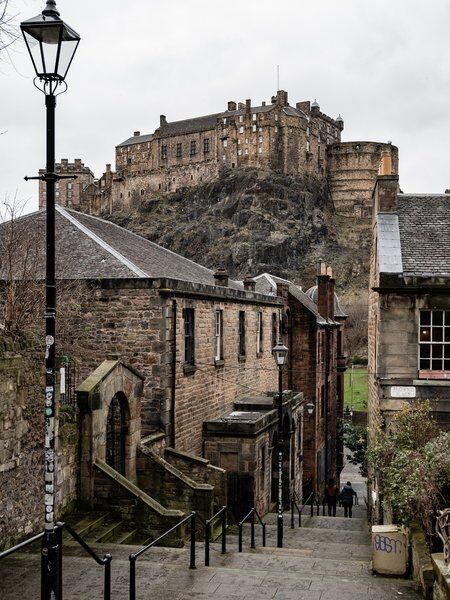
Our Thoughts…
In a city where history is as much a part of daily life as the contemporary, the fountain is a sobering but necessary stop on your journey through the captivating streets of Edinburgh. It's a place that encourages us to remember the past, learn from it, and strive for a more compassionate and enlightened future.
